
MUSLIM ARCHITECTURE OF SOUTH INDIA
This book reinterprets the Muslim architecture and urban planning of South India, looking beyond the Deccan to the regions of Tamil Nadu and Kerala the historic coasts of Coromandel and Malabar. For the first time a detailed survey of the Muslim monuments of the historic ports and towns demonstrates a rich and diverse architectural tradition entirely independent from the better known architecture of North India and the Deccan sultanates. The book, extensively illustrated with photographs and architectural drawings, widens the horizons of our understanding of Muslim India and will no doubt pave new paths for future studies in the field.
Mehrdad Shokoohy is an architect and specialist in the conservation of urban environments. He is Chair of Architecture and Urban Studies at the University of Greenwich, and has a particular interest in the architecture and planning of the Middle East, South and Central Asia. His expertise extends to the fields of literature, history, archaeology, epigraphy and numismatics of these regions. For his contributions to South Asian studies he has been awarded the Degree of Doctor of Science by Heriot-Watt University and the Edinburgh College of Art.
ROUTLEDGECURZON STUDIES IN SOUTH ASIA
Editor: Michael Willis
The British Museum
RoutledgeCurzon publishes a monograph series in association with
The Society for South Asian Studies, London.
BOATS OF SOUTH ASIA
Sen McGrail
MUSLIM ARCHITECTURE OF SOUTH INDIA
Mehrdad Shokoohy
MUSLIM ARCHITECTURE OF SOUTH INDIA
THE SULTANATE OF MABAR AND THE TRADITIONS OF THE MARITIME SETTLERS ON THE MALABAR AND COROMANDEL COASTS (TAMIL NADU, KERALA AND GOA)
Mehrdad Shokoohy

This edition published 2011 by Routledge
2 Park Square, Milton Park, Abingdon, Oxon, OX14 4RN
Simultaneously published in the USA and Canada
by RoutledgeCurzon
711 Third Avenue, New York, NY 10017, USA
Routledge is an imprint of the Taylor & Francis Group, an informa business
2003 Mehrdad Shokoohy
All rights reserved. No part of this book may be reprinted or reproduced or utilised in any form or by any electronic, mechanical, or other means, now known or hereafter invented, including photocopying and recording, or in any information storage or retrieval system, without permission in writing from the publishers.
British Library Cataloguing in Publication Data
A catalogue record for this book is available from the British Library
Library of Congress Cataloging in Publication Data
Shokoohy, Mehrdad
Muslim architecture of South India: the sultanate of Mabar and the traditions of the maritime settlers on the Malabar and Coromandel coasts (Tamil Nadu, Kerala and Goa) / Mehrdad Shookohy
p. cm. - (RoutledgeCurzon studies in South Asia)
Includes bibliographical references and index.
1. Architecture-India-Malabar Coast-14th century. 2. Architecture-India-Coromandel Coast-14th century. 3. Architecture, Islamic-India-Malabar Coast. 4. Architecture, Islamic-India-Coromandel Coast. 5. Muslims-India, South-History. I. Title. II RoutledgeCurzon-IIAS Asian Studies series
NA1507.M35S55 2003 |
720.9548-dc21 | 2002037174 |
ISBN 0415302072 |
EDITORIAL NOTE
The system employed in this book for the transliteration of modern Persian and Arabic is as given below. The system reflects the written form of the words, although the pronunciation of some vowels and consonants differs in Persian and Arabic.

For Sanskrit and Hindi words the method of transliteration used for Monier Williamss Sanskrit-English Dictionary, Oxford, 1893, and Plattss A Dictionary of Urd, Classical Hind and English, 1930, has been followed with slight modifications. Modern spelling is used for towns and other geographical locations.
TABLE OF CONTENTS
ABBREVIATIONS
ARIE: Annual Report on Indian Epigraphy
ASI: Archaeological Survey of India
ASIAR: Archaeological Survey of India Annual Reports
ASWI: Archaeological Survey of Western India
Barbosa: Duarte Barbosa, A description of the coasts of East Africa and Malabar, tr. Henry E. J. Stanley, Hakluyt Society, London, 1866, reprinted New Delhi-Madras, 1995
Bhadrevar: M. Shokoohy, Bhadrevar: the oldest Islamic monuments in India, Leiden-New York, 1988
Al-Bukhr: Ab Abdullah Muammad Isml b. Ibrhm b. Bardizbah al-Juf (maulhum) al-Bukhr, a al-Bukhr, Cairo, 13861397 (19661977) (7 volumes)
Burton: Richard F. Burton, Goa and the Blue Mountains or six months of sick leave, London, 1851, reprinted Berkeley-Los Angeles-Oxford, 1992
Danvers: Frederick Charles Danvers, The Portuguese in India, London, 1894 (2 volumes)
EIAPS: Epigraphia Indica, Arabic and Persian Supplement
Firishta: Muammad Qsim b. Hind Shh known as Firishta, Gulshan-i Ibrhm known as Trkh-i Firishta, Lucknow, 1864 (2 volumes with addenda bound together)
Hornell: James Hornell, The Indian Pearl Fisheries of the Gulf of Mannar and Palk Bay, Madras, 1922
Ibn Baa: Muammad b. Abdullh called Ibn Bata, Tufat al-nur f gharib al-amr wa ajib al-asfr known as Rala, ed. Talal Harb, Beirut, 1987
Ibn anbal: Imm Amad b. Muammad b. anbal (164-241/780-855), Al-Musnad, ed. Amad Muammad Shkir, Cairo, 19494955 (13 volumes)
JASB: Journal of the Asiatic Society of Bengal
JASP: Journal of the Asiatic Society of Pakistan
JRAS: Journal of the Royal Asiatic Society
Marco Polo: Marco Polo, The Book of Ser Marco Polo, the Venetian Concerning the Kingdoms and Marvels of the East, ed. and tr. by Henry Yule, 3rd edition, revised by H. Cordier, London, 1903 (2 volumes)
Muslim: Imm Abil-usain Muslim b. al-ajjj al-Qushair al-Nsbr, a Muslim, ed. Muammad Fud Abdul-bq, Beirut, 1978 (5 volumes)
SAS: South Asian Studies
Topographical list: Z. A. Desai, A Topographical list of Arabic, Persian and Urdu inscriptions of South India, New Delhi, 1989
Yaya1-dn: Yahya1-dn Ab Zakarry b. Sharaf al-Nawwaw al-Shfi, Shar-i Sa Muslim, ed. Shaikh Khall al-Mais, Beirut, 1987 (19 volumes)
Zain al-dn: Zain al-dn, Tufat al-ntujhidn f ba awl al-purtaklyn, Arabic text in David Lopes, Historia Portugueses no Malabar, Lisboa, 1898; English translation, Tohfut-ul-Mujahideen, an historical work in the Arabic language, tr. by M. J. Rowlandsoe, London, 1833
English quotations from the Qurn are given from Arthur J. Arberry, The Koran interpreted, London (Unwin) and New York (MacMillan), 1955 (2 volumes)
PREFACE
I met with a merchant who had a hundred and fifty camels of burthen and forty slaves and servants. One night, in the island of Ksh, he took me to his chamber, and did not cease the whole night from talking in a rodomontade fashion, and saying, I have such a correspondent in Turkistn and such an agency in Hindstn; and this paper is the title-deed of such a piece of ground, and for such a thing I have such a person as security. At one time he said, I intend to go to Alexandria, as the climate is agreeable. At another, No! for the western sea and Grecian brocade to India, and Indian steel to Aleppo, and the glass-ware of Aleppo to the Yemen, and striped cloth of the Yemen to Persia, and after that I shall give up trading and sit at home in my shop.
Next page
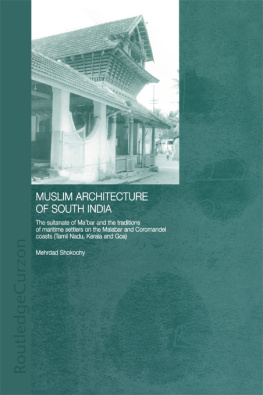


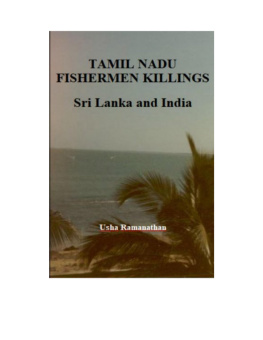
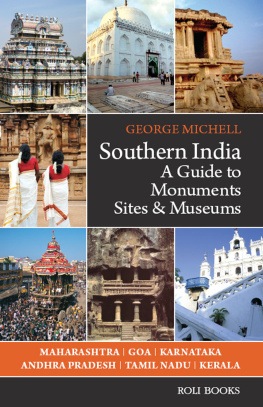
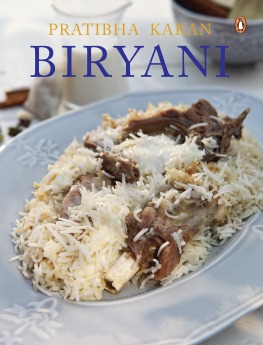

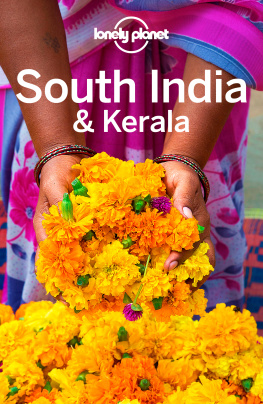

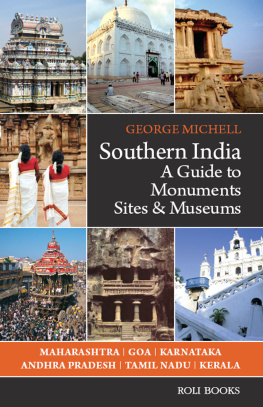
![Keith Bain - Frommers India [2010]](/uploads/posts/book/43617/thumbs/keith-bain-frommer-s-india-2010.jpg)


